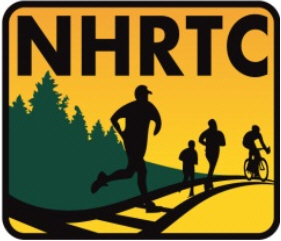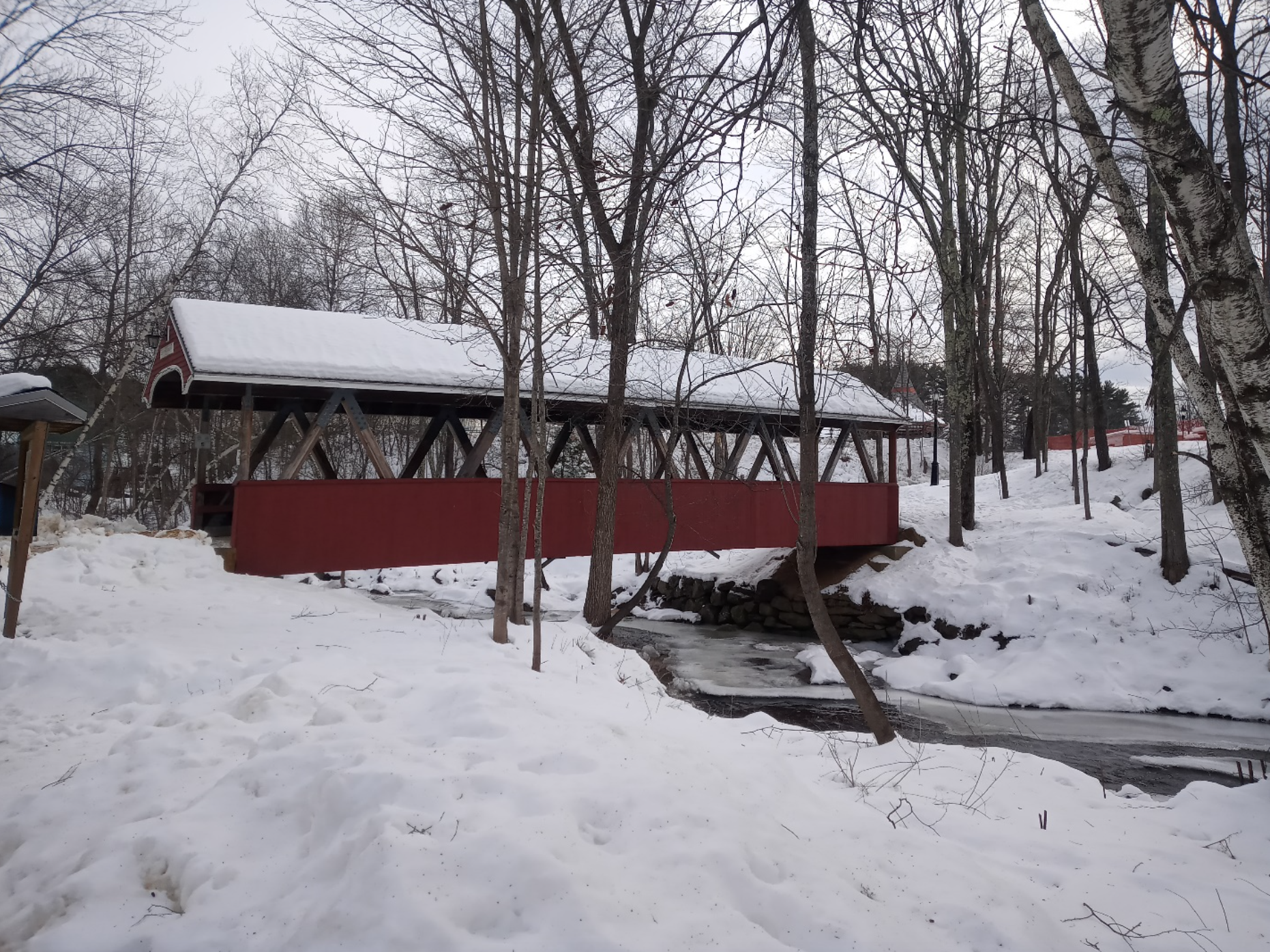
Figure 1. The Belmont Village covered bridge that connects the rail trail parking lot to the riverwalk trail over the Tioga River.
In winter, many rail trails become quieter with reduced use. Others experience increased use when covered by snow, so snowmobile clubs can groom and ride on them. In spring-summer-fall many Active Trail Users (ATUs) might avoid trails that allow motorized users due to noise, dust and traffic, but in winter ATUs can coexist with snowmobiles much more readily. In fact, I found that the grooming for snowmobiles made for a much easier and more enjoyable walk in February. I’ll try to show you why in this article, and encourage you to use some of the groomed trails near you for cross-country skiing, walking, snowshoeing, or fat-tire biking. For trails near you, explore AllTrails.com, traillink.com or trailspotting.com linked on the NHRTC website.
My walk was on the Belmont Village Spur Rail Trail, which starts from a parking lot at 13 Depot St. Belmont, NH. It is built on the railbed of the Belmont Village Spur Line from the Concord and Montreal Railroad, abandoned in 1934. At this parking lot you’ll see the covered bridge (figure 1) of the Riverwalk which connects the trail to the village, library, town hall, etc.
On the eastern part the trail, beginning at the parking lot, the trail excludes snowmobiles, partly due to a narrow covered-bridge over the Tioga river 0.4 miles to the west (see Figure 2 and 3). About 0.2 miles beyond that, the snowmobile trail joins the rail trail. When I walked on the ungroomed section of the rail trail, which was packed only by foot traffic, I found the footing to be uneven (see figure 3), requiring me to watch each step to avoid straining an ankle. It was safe, but required extra attention to walking, and forced me to stop to enjoy the winter scenery. Wearing snowshoes are one way winter trail users can help each other by breaking fresh snow using snowshoes to prevent this uneven footing: https://lnt.org/preventing-the-posthole/
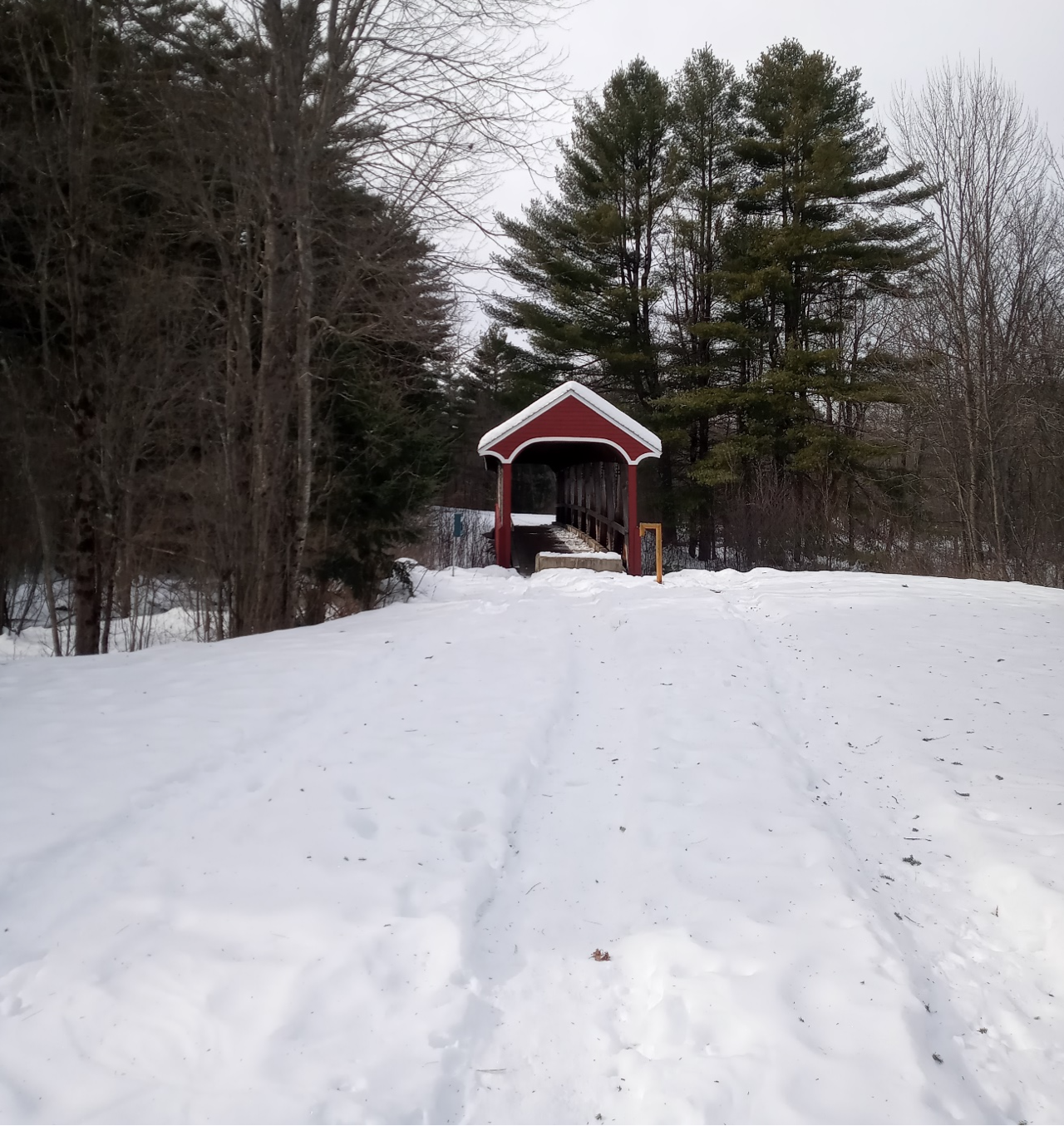
Figure 2
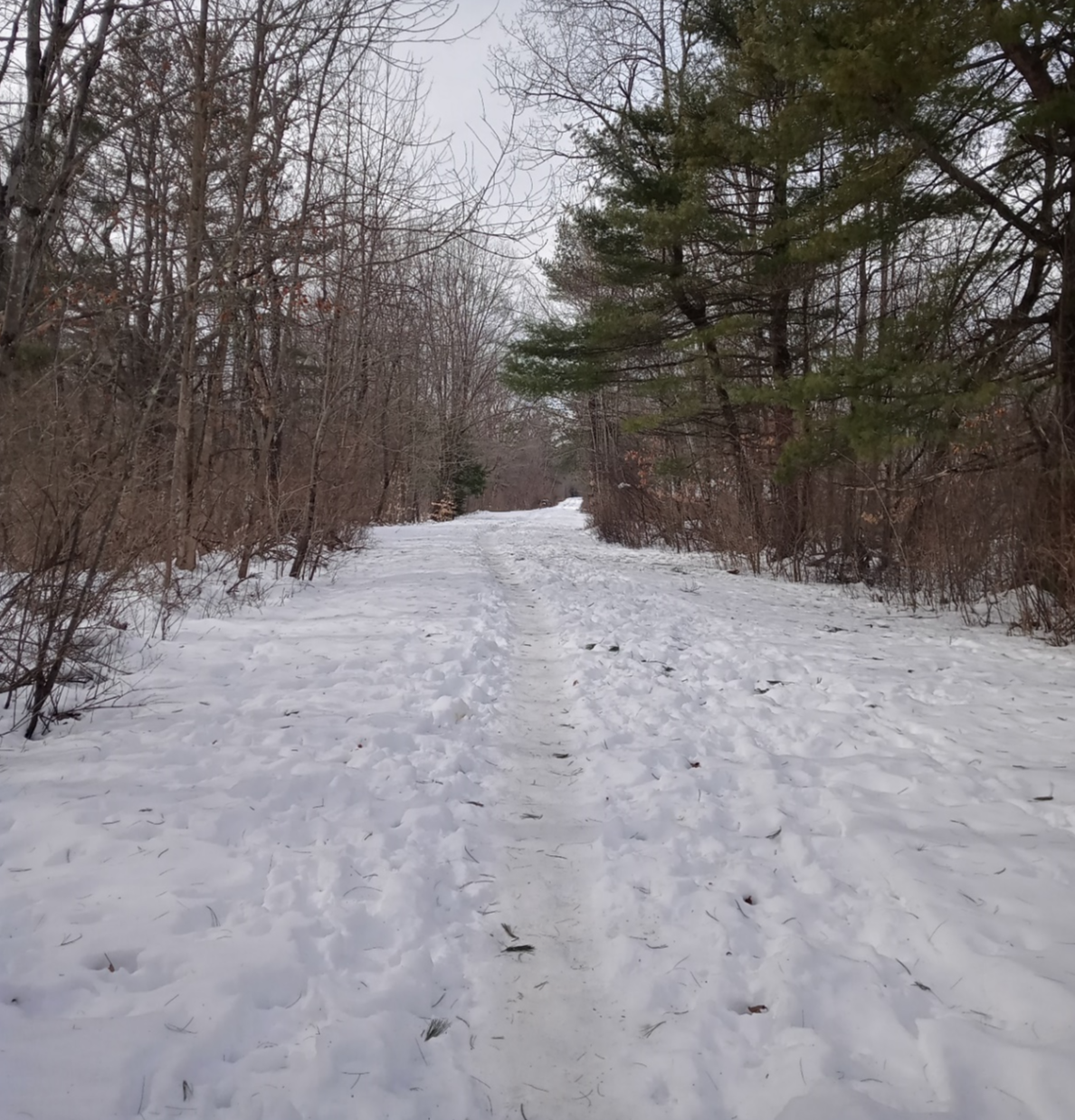
Figure 3. The path through the snow, packed by walkers was somewhat uneven requiring attention to each footstep. I encountered several walkers who were out enjoying the trail
Further on, where the snowmobiles had groomed the trail, the footing was firm and made for easy going, so I could look up and enjoy the scenery as I walked the trail (see Figure 4). During my walk I encountered a group of three snowmobiles and was struck by how quiet they were compared to the OHRVs I’ve encountered during summer walks and bike rides on the few rail trails that allow them. In looking through the New Hampshire Statutes, I found that OHRVs are limited to 96dB, while snowmobiles are restricted to less than 82db, which is consistent with what I experienced. Note that because of the log scale of dB, 96dB is experienced as more than 10 times louder than 82dB! No wonder it is generally agreed that snowmobiles coexist more easily with ATUs. One way to work with the snowmobile clubs is to join one and contribute to the effort to groom the trails so they can be used more easily by walkers, cross-country skiers, snowshoers, fat-tire bikers and walkers. https://nhsa.com/nh-snowmobile-clubs/ (if you do join or otherwise contribute to one of the snowmobiles clubs – email info@nhrtc.org so NHRTC can keep track of ATU contributions to our beautiful rail trails.
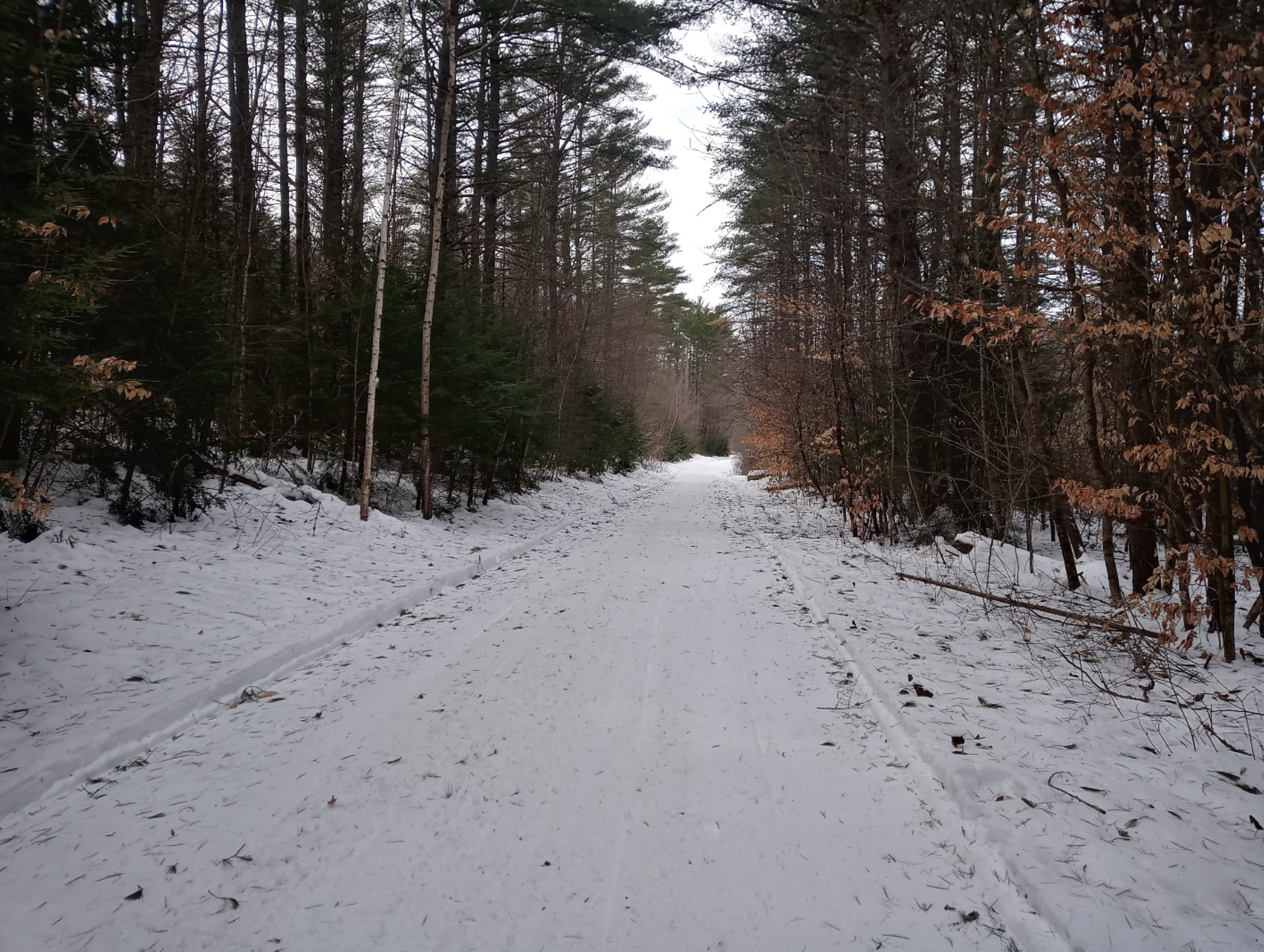
Figure 4. Section of the rail trail shared by snowmobiles; groomed surface made for much easier walking surface. Also better for cross-country skiing, fat tire biking.
Further west the trail crosses another simple bridge and then crosses S Road. At this point the trail possibly crosses private property where cows graze in the summer. Signs and gates both enable ATUs to enter and warn folks that cows can be present! (See figure 5). Beyond S Road, the railbed continues, but has not been packed this winter (see figure 6). It continues a short distance across the pasture to a missing bridge across the Tioga River, across which the trail meets a bottling plant and Depot Road.
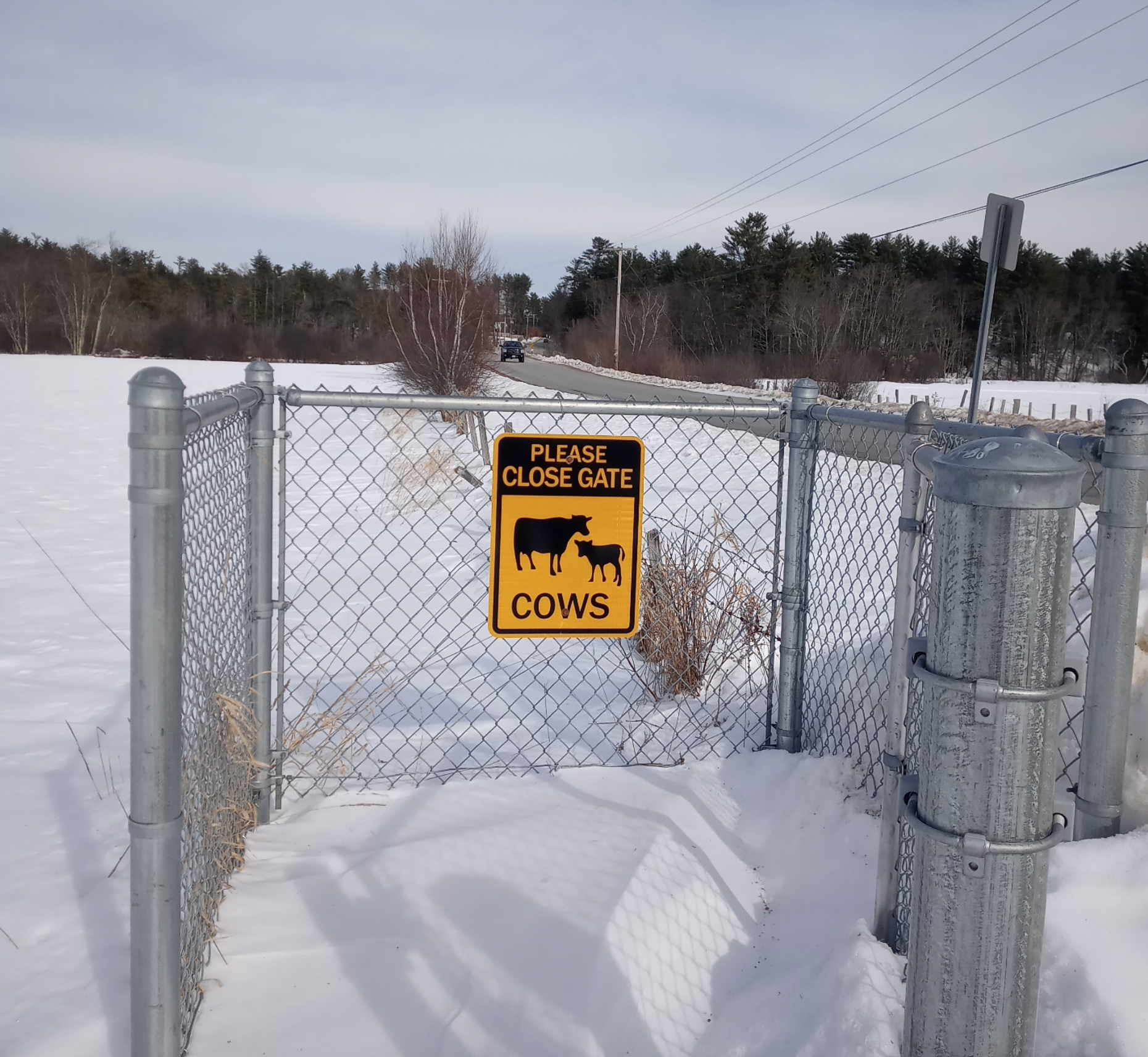
Figure 5. Access to the trail on S-Road is controlled by gates, through which active trail users can pass, but require that gates be closed to prevent escaped cows. Please be a good neighbor and respect the recreation use of this property which though owned by Town of Belmont is adjacent to privately owned land, not separated by fences.
I found walking this trail, two miles each way to be comfortable on the Sunday after the “big February freeze”, and used microspikes for traction, though most of it could have been walked in hiking boots. I also used hiking poles for improved balance, though that is optional as well. I hope this article encourages you to dress in layers, get your boots on and get out to enjoy a trail near you in the winter. It’s a quieter, time and nothing beats the winter blahs like a few extra endorphins stirred up by a good winter walk! Happy walking, skiing, snowshoeing or biking!
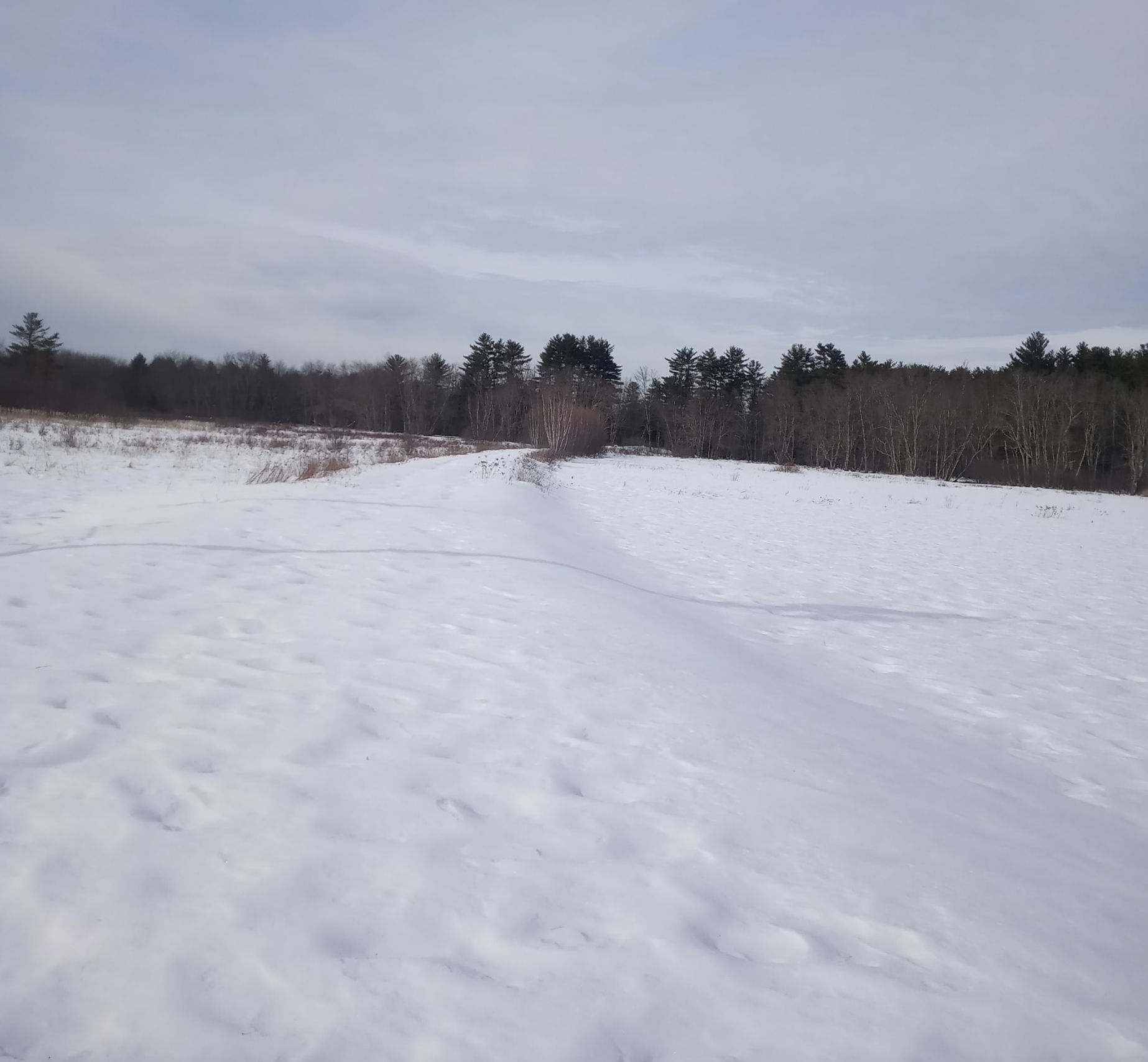
Figure 6. The railbed (owned by town of Belmont) continues into the woods where a missing bridge prevents crossing the Tioga River one more time.
